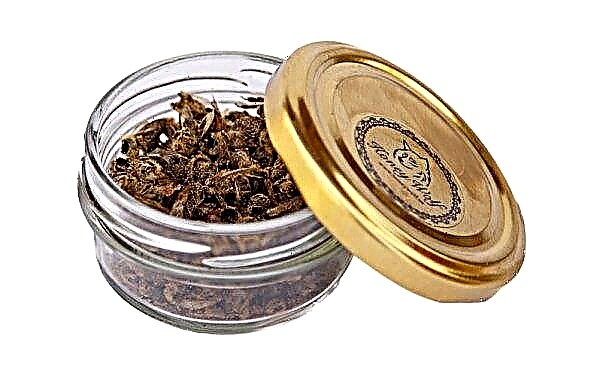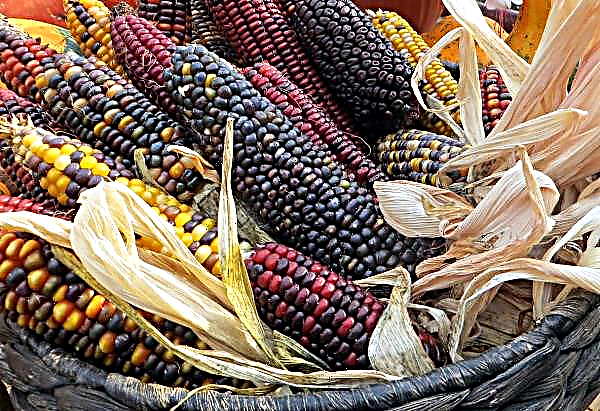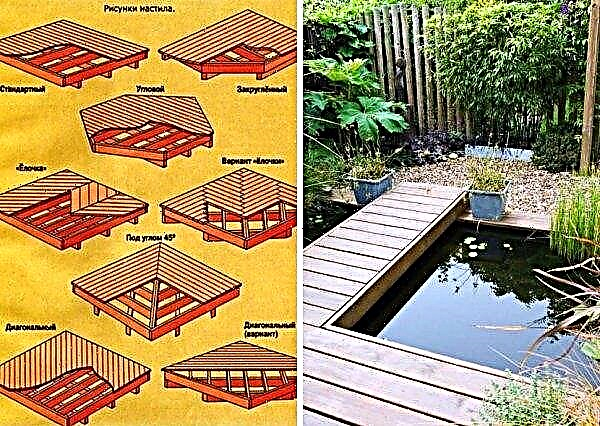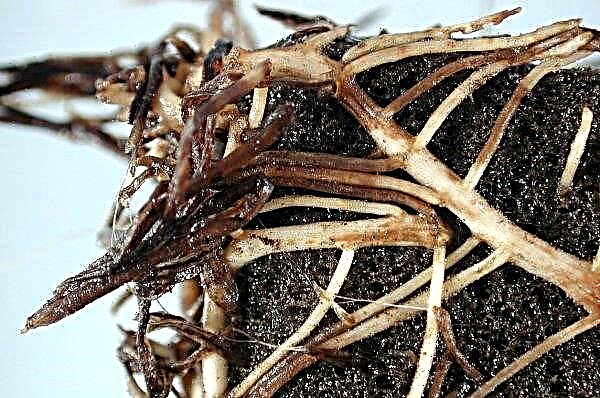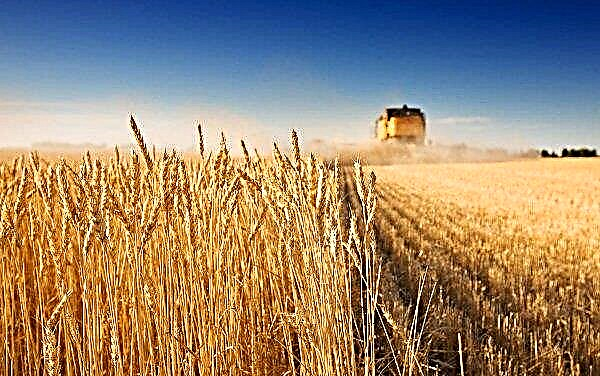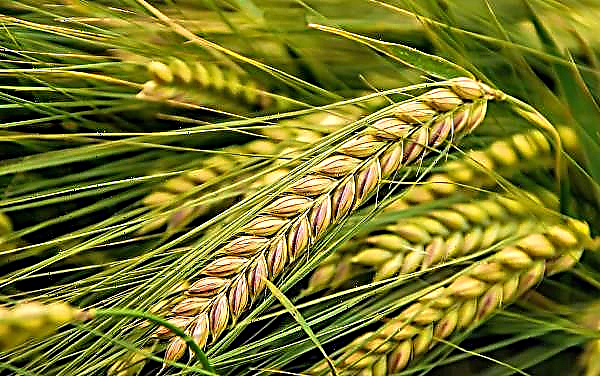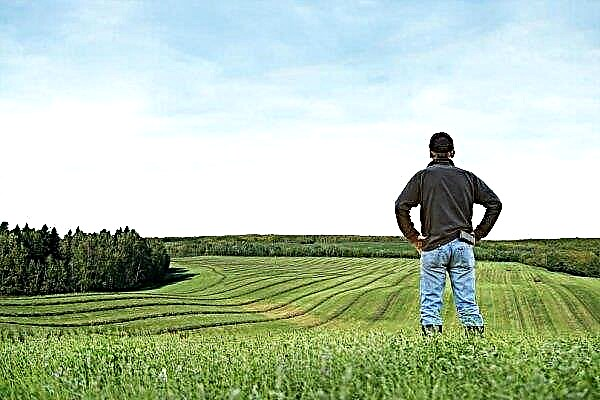The cultivation of family onions is not practiced by everyone, because due to improper use of the main agricultural methods, the bulbs grow small, and with a sufficiently large garden bed you can get a minimum yield. To appreciate all the charms of a family onion, you must at least once try to grow it in accordance with all the rules, and the result will surely please you.
Description and characteristics of family onions
The family onion got its name based on the number of bulbs that can form from just one planted unit. Often one plant contains up to 6 small bulbs, and sometimes up to 10, it is multi-bud, and is popularly called "family".
Family onions are a variety of onions, it can be of different shapes and colors. There are specimens of oval, round, round-flat shape; violet, golden, bronze, reddish color, but 2 colors prevail in the section - white and pink-lilac. The daughter bulbs are often slightly curved and have a slightly pointed end at the point of attachment to the mother bulb. The culture grows with a lush "hat" of greenery, the leaves are quite thin and have a delicate structure, occasionally with a waxy coating. The culture has underdeveloped surface roots. The plant blooms with umbellate inflorescences, located on a long peduncle, which reaches 0.5–1 m in length.
The daughter bulbs are often slightly curved and have a slightly pointed end at the point of attachment to the mother bulb. The culture grows with a lush "hat" of greenery, the leaves are quite thin and have a delicate structure, occasionally with a waxy coating. The culture has underdeveloped surface roots. The plant blooms with umbellate inflorescences, located on a long peduncle, which reaches 0.5–1 m in length.
Inflorescences form small boxes filled with small dark seeds. Compared with onions, the family one is better preserved, in addition, greens do not coarse on the garden for a long time and retains juiciness. The weight of each daughter vegetable can be from 15 to 40 g, depending on the variety, growing conditions and care.
Did you know? Most onions are consumed in Libya, for each citizen an average of 35 kg per year.
Rating of the best varieties
Early ripening, mid-ripening and late ripening varieties are distinguished depending on the ripening period of the family vegetable, so we will consider the description and characteristics of the best of them.
Early ripe
Among the early ripening varieties, several best can be distinguished:
- Emerald - the fruits have a rounded shape, flakes of pink-purple hue, the taste is pleasant, sweet with a light speck. Each bulb has a weight of from 20 to 30 g, primordia most often up to 5 pcs.;
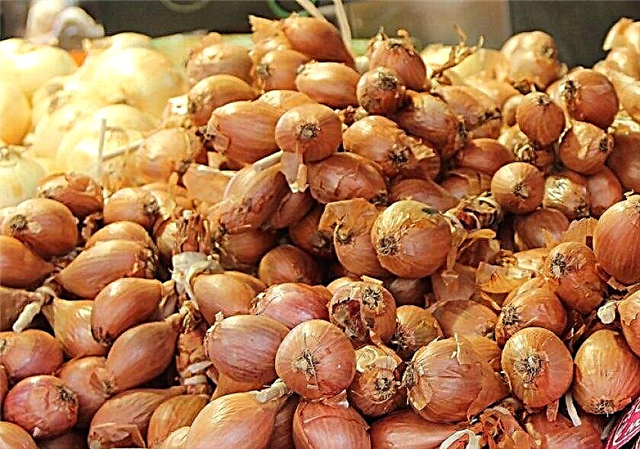
- Snowball - vegetables have an ovoid shape, white, the husk is also white. The taste of pulp is pleasant, slightly spicy, sweetish. The weight of each daughter bulb is an average of 30 g; it is possible to grow up to 8 small vegetables from one plant;

- Sprint - has a rounded, flattened from the poles shape, white flakes, the taste is peninsular, sweetish, large-sized vegetables, each weighing at least 40 g, the number of pieces in one family reaches 10.
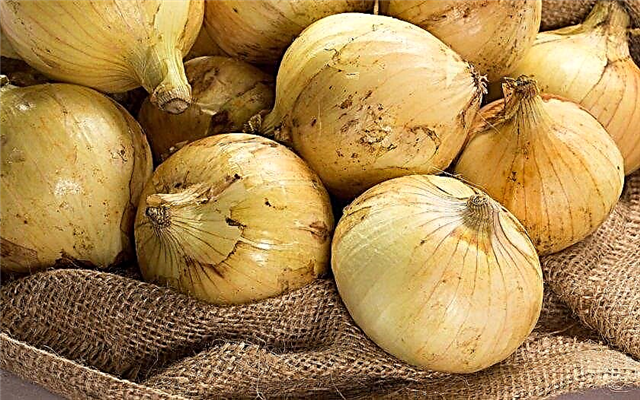
Mid-season
The best mid-season varieties are presented:
- Albicom - the variety has rounded vegetables, slightly flattened from the poles, the taste is sweet, semi-sharp, each weighing at least 20 g, each family contains at least 4-5 units;
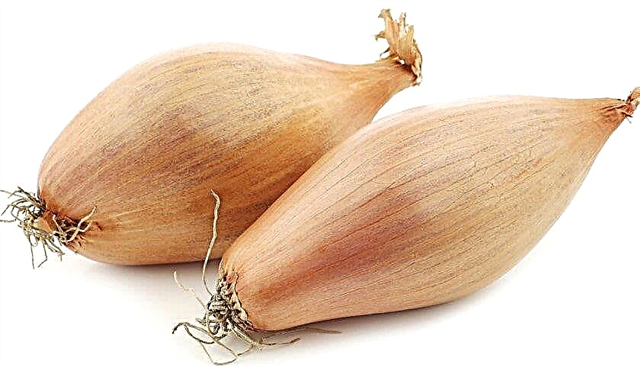
- Kuban yellow - has rounded flat bulbs, each weighing 25-30 g, is characterized by a pleasant onion aroma, semi-acute sweetish taste. The surface of the bulb is evenly covered with golden husk, each family contains up to 6 units;

- Koynarsky - is highly productive, each bulb weighing at least 25 g, has an ovoid shape. The taste of the vegetable is sweet, semi-sharp, has a pleasant spicy aroma. Each family has up to 8 units.
Late ripening
Among late-ripening varieties can be distinguished:
- Kunak - round-shaped bulbs, flattened from the poles, golden husk, sweet flesh, peninsular. A family can contain up to 3-4 units;
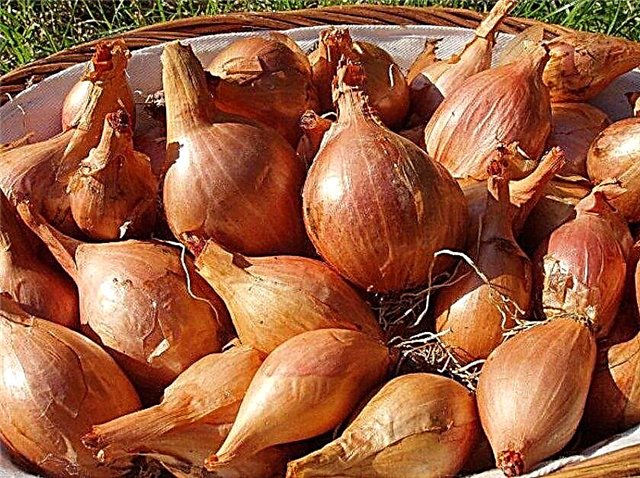
- Fortress - bulbs have a rounded shape, covered with a golden husk with a pink tint. The pulp is white, sweetish, peninsular, with a pleasant aroma. The weight of each daughter bulb is no more than 30 g; the family contains up to 5 units;
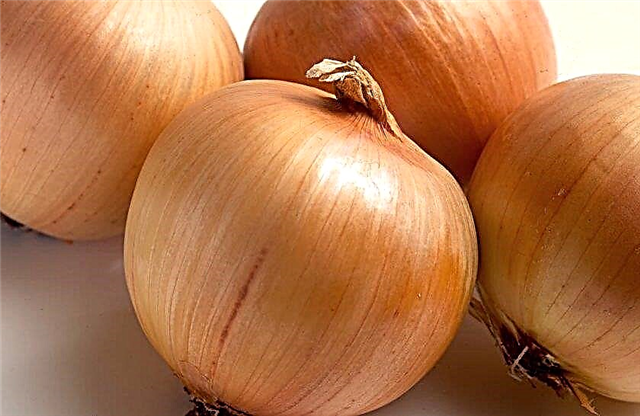
- Siberian Amber - has rounded flat bulbs covered with white husk, each weighs an average of 25-30 g, the family contains up to 7 units. The taste of pulp is sweet, peninsular.
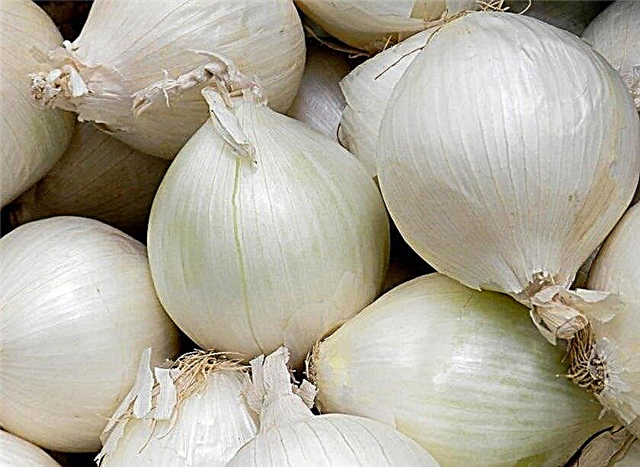
Optimal landing times
Consider when it is better to plant a vegetable - in spring or autumn, in order to get a large crop of quality vegetables. The family variety is usually cold-resistant, easily tolerates small frosts, so they begin to plant it in open ground already in late March - early April. Such planting dates are necessary in order to collect a good harvest of greens, which the vegetable is very high quality.
Important! Planting family onions for the winter to get a good harvest is recommended in the southern regions, in the middle lane losses in severe frosts can reach 50%.
Greens can be cut in May, and the bulbs ripen in late June. They also practice autumn planting of vegetables, if they want to get early greens, for this planting is done on the 15th of October, so that the bulbs can take root before the frost, but do not sprout. Greens with autumn planting can be obtained in April.
Preparatory work
Soil and planting material is prepared for planting a vegetable in order to increase productivity and minimize the possibility of developing plant diseases.
Choose a place
A place for planting a vegetable must be chosen in the central part of the garden so that no extraneous elements in the form of a fence, trees or buildings obscure future plants. Lowlands are not suitable for growing, where meltwater and moisture will stagnate after heavy rainfall. The territory should be well protected on the north side from cold winds, if you plan to plant a vegetable for the winter.
Growing conditions
Onions are very demanding on the illumination of the territory, be sure to choose sunny areas for the plant, which are exposed to direct sunlight throughout the day. With a lack of light, the growth of vegetables is inhibited, the leafy part of the plant is greatly extended, becoming thin and dull. Soil moisture is also of great importance for onions, regular watering is necessary for the growth of large bulbs.
Important! It is better to water in the evening so that the water that has been introduced into the soil does not evaporate under the scorching sun, but has time to get to the roots of the plants.
However, it is strongly discouraged to flood planting, in which case rot cannot be avoided, and most of the harvest will be doomed, besides, the storing of preserved onions will be very poor. The cultivation temperature does not play a role, the cold resistance of family onions allows plants to withstand temperature changes without compromising the quality of the resulting crop.
Soil requirements
When choosing a place, you must pay attention to the characteristics of the soil, which directly affect the yield and quality of vegetables. Light loamy soil is ideal for planting; family onions grow well on chernozems and sandy loams. When choosing the soil, good water and air permeability are taken into account so that the root system does not suffer from a lack of oxygen or an excess of moisture.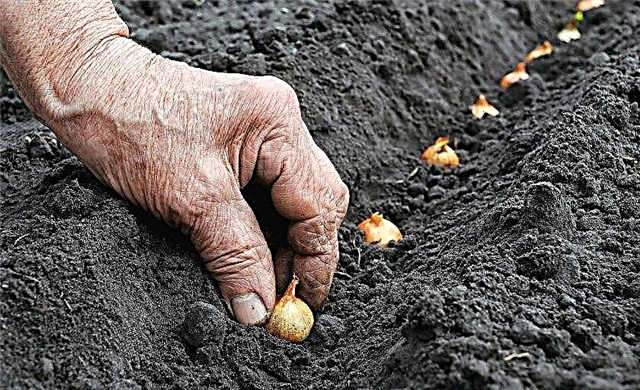 The soil must have a neutral or slightly acidic reaction, an overly acidic soil interferes with the normal absorption of nutrients by plants, and negatively affects the yield. Spring planting of sowing involves autumn soil preparation. For this, after cleansing the territory from planting, the soil is dug up, removing all weed vegetation. Digging depth should be at least 25 cm.
The soil must have a neutral or slightly acidic reaction, an overly acidic soil interferes with the normal absorption of nutrients by plants, and negatively affects the yield. Spring planting of sowing involves autumn soil preparation. For this, after cleansing the territory from planting, the soil is dug up, removing all weed vegetation. Digging depth should be at least 25 cm.
Then the soil is fertilized with organic and mineral top dressing, for each m² make:
- humus or compost - 5 kg;
- superphosphate - 1 tsp;
- urea - 1 tsp;
- wood ash - 2 tbsp. l
Autumn planting provides for summer soil preparation, while fertilizing is carried out in the same way as in autumn soil cultivation.
Did you know? Onion is the most popular vegetable in the world; it is grown in 175 countries.
Preparing planting material
It is necessary to prepare sets for planting in advance in order to pay enough attention to the required procedures. Initially, sevoc, purchased at a store or assembled independently, is carefully examined, discarding damaged, very small and diseased specimens. The field of how high-quality seed material will be selected is dried, placed in a warm room for 2-3 weeks. It is better to pour sevok in one layer on a newspaper for better drying of each bulb. On the last day of drying, the temperature can be raised to + 40 ° C, if the house has a dryer for vegetables. To withstand at elevated temperature sowing recommended for 8 hours. Such temperature differences stimulate germination, improve the rooting of plants. Family onions can also be grown from seeds.
On the last day of drying, the temperature can be raised to + 40 ° C, if the house has a dryer for vegetables. To withstand at elevated temperature sowing recommended for 8 hours. Such temperature differences stimulate germination, improve the rooting of plants. Family onions can also be grown from seeds.
However, in this case, you can get very small bulbs - sowing, which is planted as early as next year to obtain large, quality bulbs. Before planting, the seeds are kept in a weakly pink solution of potassium permanganate (add potassium permanganate on the tip of a knife for 1 liter of water), then dried on a well-lit window sill, sprinkled on a newspaper, for 3 days.
Family onion planting pattern
If you follow the planting scheme, you can achieve larger bulbs and better productivity, so it is recommended to follow some tips:
- Depth of planting should be 5 cm;
- per 1 m² planted no more than 30 pcs. Sevka;
- the distance between each bulb should be maintained at 10 cm;
- grooves for planting sevka are placed at a distance of 15 cm from each other.

Onion Care Features
Caring for family onions practically does not differ from the features of caring for ordinary onions, however, we will consider important information that will allow us to grow a healthy and plentiful crop. Watering onion planting begins only after germination, until this time he will have enough of the liquid that has accumulated in the soil from thawed snow. After the appearance of the first seedlings, the onions are well watered, using the aisles for this, so as not to wash the bulbs from the ground with a stream of water.
On 1 m² use up to 10 liters of water. As the soil dries, a second watering can be carried out, provided there is no natural rainfall. When the leaves of the plants reached a height of 15 cm, repeat the introduction of water into the soil in the same amount as during the first watering.
The last time watering plantings is carried out 2 weeks before harvest. Family onions are usually practically not affected by diseases and pests, however, it is recommended to carry out preventive treatments with insecticidal and fungicidal preparations, such as Topaz, Fundazol and their analogues, according to the instructions on the package.
Harvesting and storage
After the greens of the family onions have strewn the ground, you can begin to harvest. Plantation should be cleaned on a sunny, dry day. Onions are usually pulled out of the soil in the morning and left on the bed until evening, so that it dries well under the sun. After harvesting in summer, the leaves can be torn off by hand, without using scissors or a knife, so that the crop is better stored.
The harvest should be stored in dry, dark rooms, at a temperature not exceeding + 15 ° C, to avoid germination. Family onions are stored in wooden crates, which are well ventilated, in which case rot does not spoil the crop.
Features of growing onions on a feather
When growing onions on a feather, you must follow some recommendations:
- For planting, it is better to choose the largest size for planting; such specimens quickly sprout and give a plentiful bunch of juicy green feathers.
- When planting sowing, a specific pattern is observed: between the bulbs they keep a distance of 2 cm, between each row - 10 cm.
- Before trimming the onion for use in food, it is well watered in the morning and feathers are cut in the evening - so they will be more juicy and tender.
- Most often, for growing onions on the feather, they practice autumn planting in order to get a plentiful harvest in early spring.
 Thus, in order to get a high-quality and plentiful harvest of family onions, you need to know when to plant and how to properly care for plants. There are certain subtleties of cultivation for obtaining bulbs or herbs, so it is recommended to pay attention to the information contained in the article.
Thus, in order to get a high-quality and plentiful harvest of family onions, you need to know when to plant and how to properly care for plants. There are certain subtleties of cultivation for obtaining bulbs or herbs, so it is recommended to pay attention to the information contained in the article.











